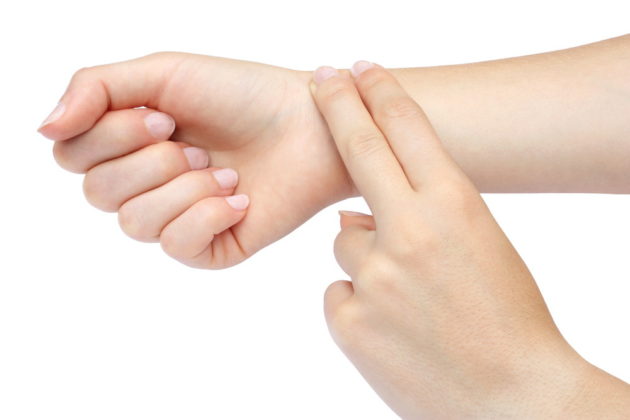
(1) Rogi-pareeksha (Examination of the patient) &
(2) Roga -pareeksha (Examination of the disease)
The Rogi- pareeksha or Dasavidha pareeksha – (clinical examination) this is essentially concerned with ascertaining the constitution ( prakriti), status of health and vitality of the individual. This is achieved through tenfold examinations of the patient comprising of (1) constitution (prakriti) (2) disease susceptibility (vikriti), (3)essence (sara),(4) compactness (samhanana), (5) anthropometry (pramana), (6) compatibility (satmya), (7) mind (sattwa), (8) digestive capacity of food (aharasakti), (9) physical strength (vyayamasakti) and (10) age (vaya).
(2) Roga -pareeksha (Examination of the disease) There are different methods to follow in roga pareeksha or diagnosing the disease in Ayurveda. The general examination is made through popular eight types of examination of patient (ashtasthana pareeksha) comprising examination of pulse (nadi), urine (mootra), faeces(mala), tongue (jihva), voice (shabda), touch (sparsha), eye/vision (drik) and stature (akriti) and also considering the state of pathways of internal transport systems (srotas) and digestive fire (agni).

Comments (0)
Back to News